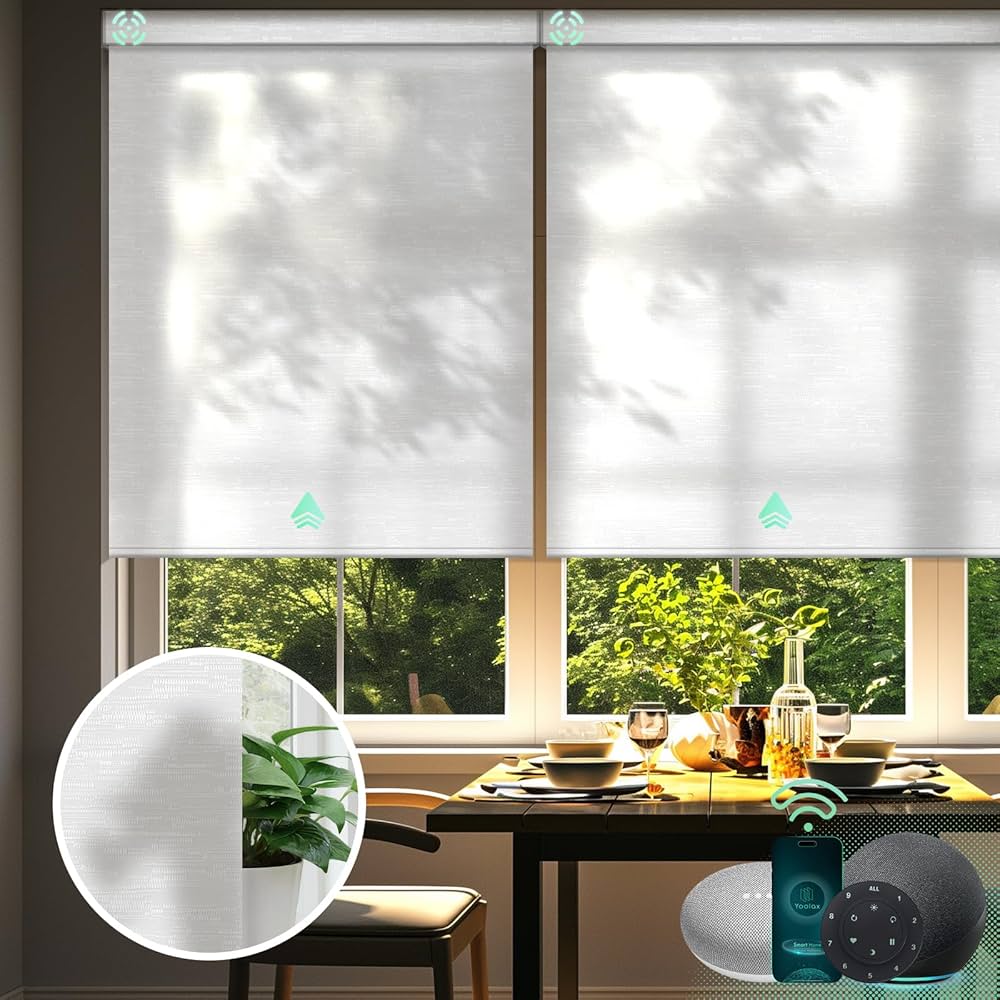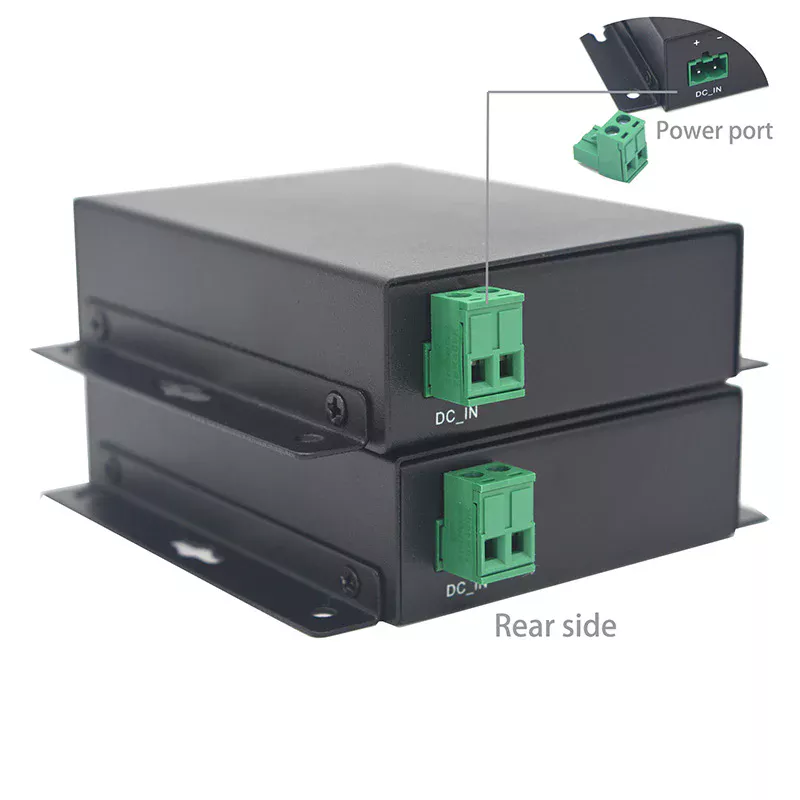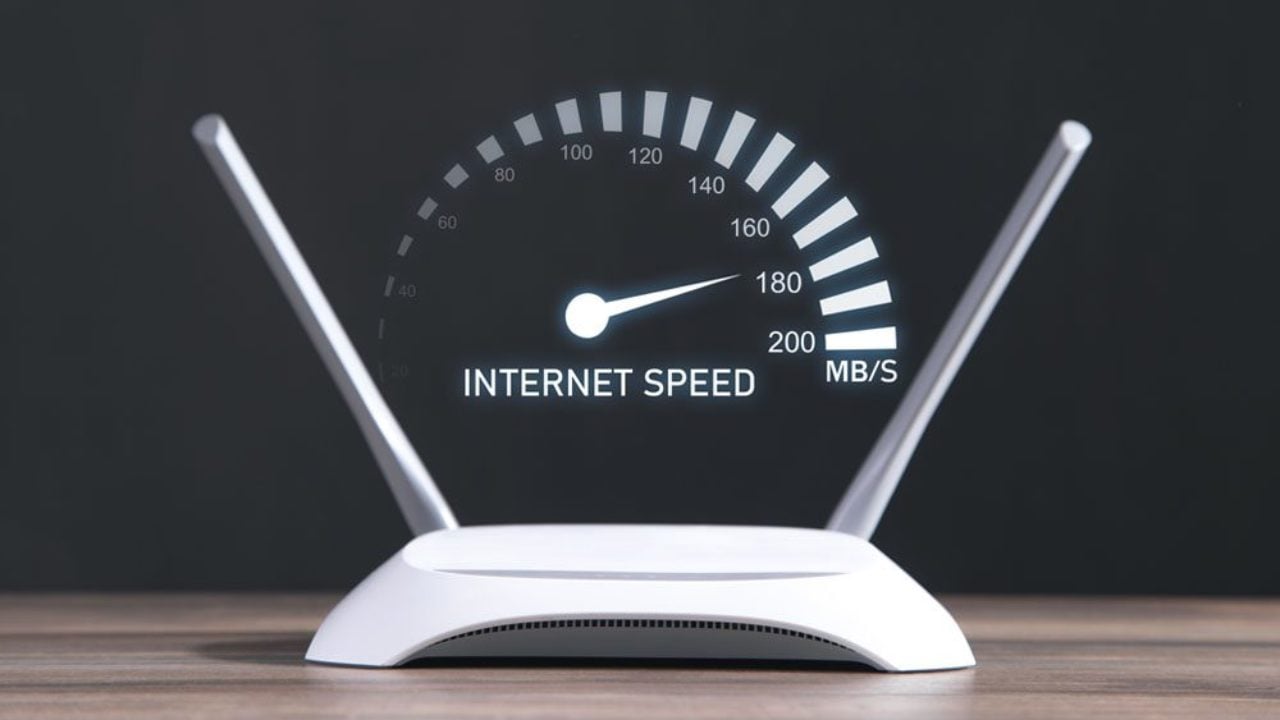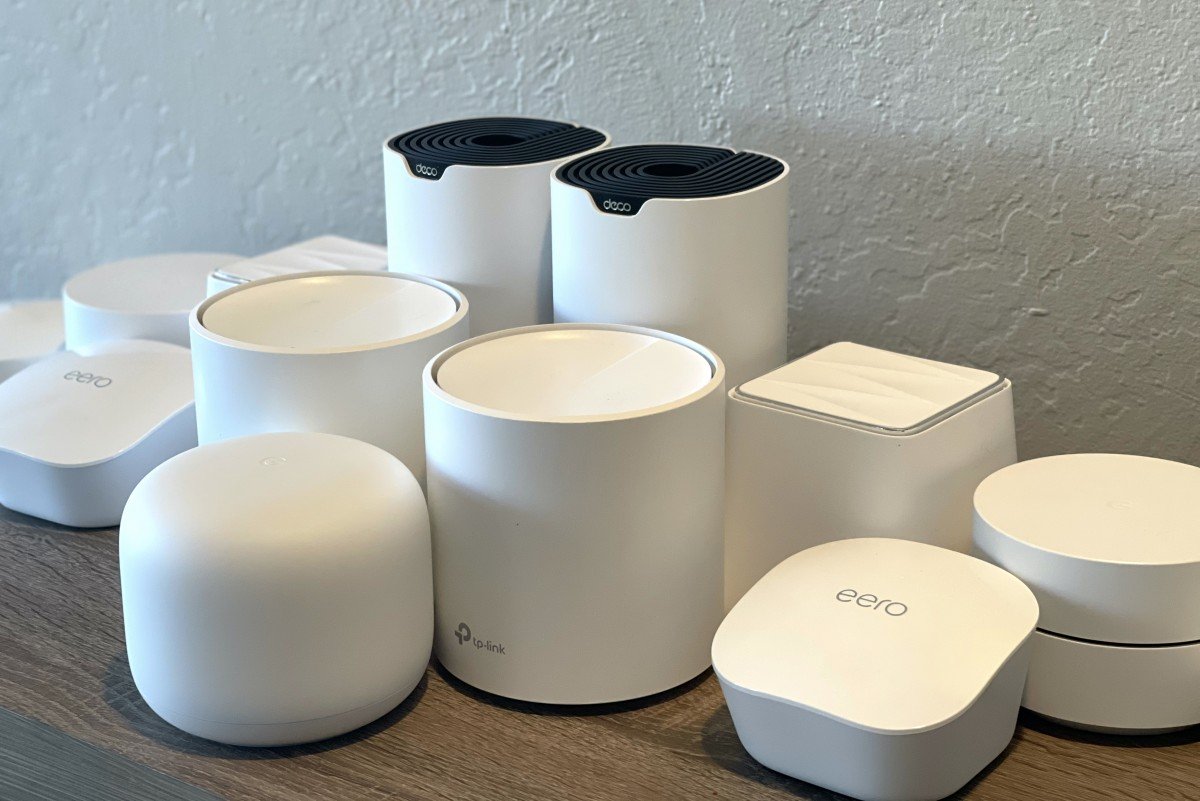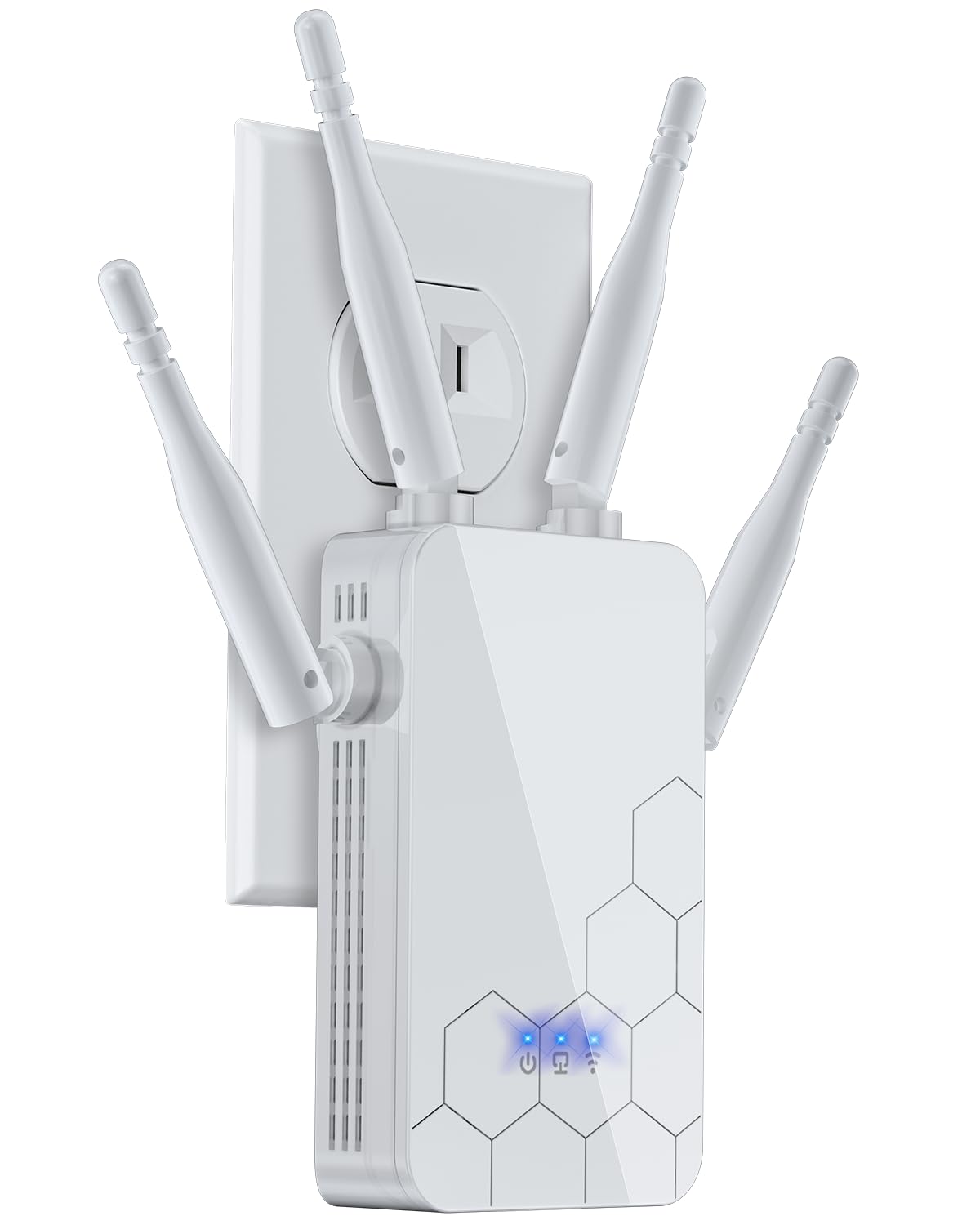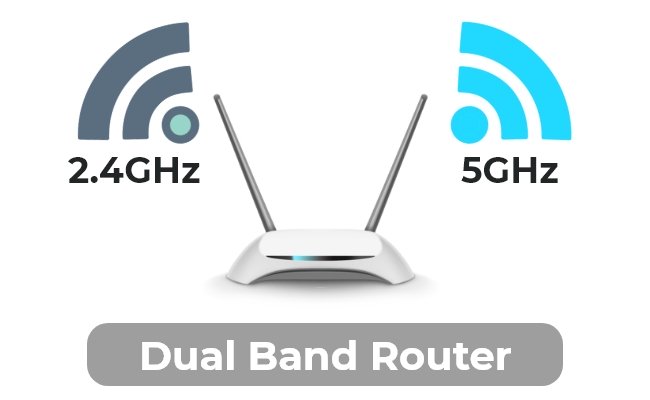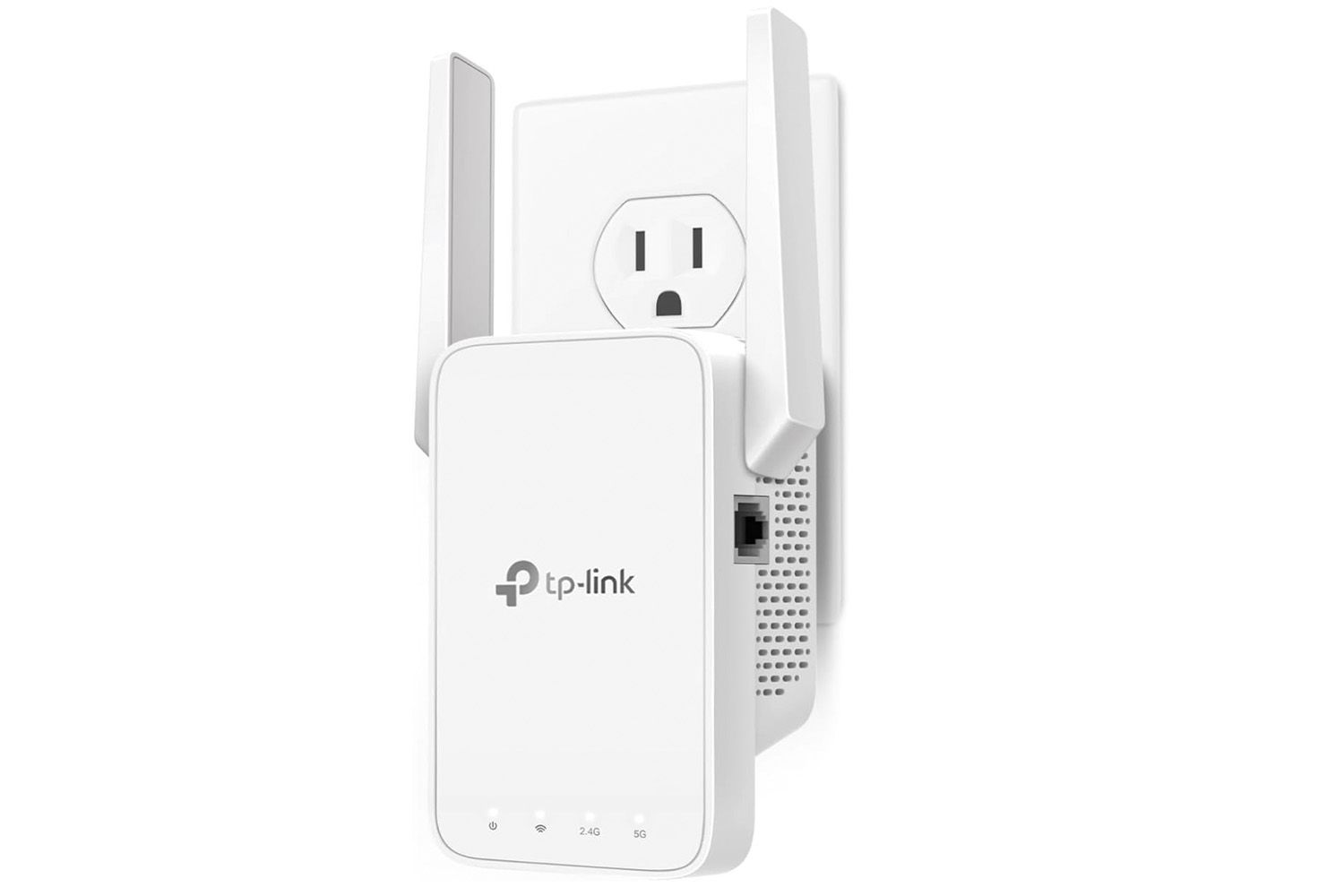Imagine walking into your home and having your blinds adjust themselves perfectly to the sunlight, without you lifting a finger. Sounds like a dream, right?
Automating blinds at home can make your life easier, save energy, and add a touch of modern comfort. Whether you want more privacy, better light control, or just love the idea of smart living, this guide will show you exactly how to transform your space.
Ready to discover how simple and affordable it can be? Keep reading to unlock the secrets of automated blinds that work for you every day.
Benefits Of Automated Blinds
Automated blinds are window coverings that open and close on their own. They use smart technology to work without manual effort.
These blinds bring many benefits to your home. They help save energy, improve privacy, add comfort, and boost security.
Energy Efficiency
Automated blinds adjust based on sunlight and temperature. They block heat during hot days and let sunlight in during cold days.
This helps reduce the need for heating and cooling. It lowers energy bills and makes your home eco-friendly.
- Close blinds to keep heat out in summer
- Open blinds to warm rooms in winter
- Use schedules to match daylight hours
Enhanced Privacy
Automated blinds can close at specific times. This stops people outside from seeing inside your home.
You can control the blinds remotely. It lets you keep your home private even when you are away.
- Set blinds to close at night
- Adjust blinds from your phone
- Prevent unwanted views easily
Convenience And Comfort
Automated blinds save you time and effort. You do not need to open or close them by hand.
They can work with voice commands or apps. This adds comfort to your daily life.
- Control blinds without leaving your seat
- Use timers to set daily routines
- Sync blinds with other smart home devices
Improved Home Security
Automated blinds make your home look occupied. They open and close even if you are not home.
This can deter burglars. It adds a layer of security by making your home less of a target.
- Set blinds to open and close on a schedule
- Create the illusion of people at home
- Combine with security systems for better safety

Credit: www.youtube.com
Types Of Smart Blinds
Smart blinds offer a modern way to control light and privacy at home. They can be adjusted automatically or with a remote.
There are different types of smart blinds. Each type has unique features to fit your needs and style.
Motorized Roller Blinds
Motorized roller blinds use a small motor to roll the fabric up or down. You can control them with a remote or smartphone app.
These blinds are simple and sleek. They work well for large windows and offer smooth operation.
- Easy to install and use
- Available in many colors and materials
- Can be set on timers or sensors
Smart Venetian Blinds
Smart Venetian blinds have horizontal slats that tilt to control light. The motor adjusts the angle automatically or by command.
They allow precise light control and privacy. These blinds suit rooms where you want to change light without closing fully.
- Adjust slats remotely or on schedule
- Made from wood, aluminum, or plastic
- Good for offices and living rooms
Automated Roman Shades
Automated Roman shades fold fabric neatly when raised. The motor helps lift or lower them with ease.
These shades add a soft, elegant look to rooms. They are perfect for bedrooms and dining areas.
- Fold smoothly for a clean look
- Can be programmed for specific times
- Works well with light-filtering fabrics
Smart Curtains And Drapes
Smart curtains use motors to open or close the fabric panels. They can be controlled by remote, app, or voice commands.
These are ideal for large windows or sliding doors. They provide privacy and help control room temperature.
- Available in many styles and fabrics
- Works with smart home systems
- Can be set to open or close on a schedule
Key Components For Automation
Automating blinds at home makes daily life easier and more comfortable. It uses different parts working together to open and close blinds automatically.
Understanding these parts helps you choose the right system and keep it working well.
Motors And Drives
Motors move the blinds up and down or side to side. They can be small and quiet to avoid noise in your home.
Drives connect the motor to the blinds. They help control smooth and precise movement.
- Electric motors are common and easy to control
- Brushless motors last longer and need less power
- Drives include gears or belts to move blinds
- Some systems use rechargeable batteries for power
Control Systems
Control systems tell the motor when to move blinds. They receive commands from switches or smart devices.
These systems can be simple or advanced depending on your needs.
- Wall switches offer manual control
- Remote controls work from a distance
- Smartphone apps allow control from anywhere
- Voice assistants can operate blinds hands-free
Sensors And Timers
Sensors detect light, temperature, or movement to adjust blinds automatically. Timers open or close blinds at set times.
Using sensors and timers helps save energy and protect furniture from sun damage.
- Light sensors adjust blinds based on sunlight
- Temperature sensors help control indoor heat
- Motion sensors add security by moving blinds when you enter
- Timers schedule blinds to open or close daily
Connectivity Options
Connectivity lets your blinds connect with other smart home devices. It allows remote control and automation.
Different options provide various levels of control and compatibility.
- Wi-Fi connects blinds to your home network
- Bluetooth offers direct control nearby
- Zigbee and Z-Wave work with smart home hubs
- Infrared works with some remote controls

Credit: creativevisionglobal.com
Choosing The Right Smart Blind System
Automating your blinds makes your home more comfortable and energy-efficient. Choosing the right system is key for smooth operation.
Think about what fits your needs best. Look at how the system works with other devices and your home setup.
Compatibility With Home Automation
Check if the smart blinds work with your existing home automation system. Many use popular platforms like Alexa, Google Home, or Apple HomeKit.
Make sure the system supports your preferred voice assistants or smart hubs. This helps control blinds easily with voice or apps.
- Supports Alexa, Google Assistant, or Siri
- Works with smart hubs like SmartThings or Hubitat
- Offers app control for smartphones
Power Sources And Battery Life
Smart blinds can be powered by batteries or wired to your home electricity. Battery-powered blinds offer easy installation but need charging or replacement.
Wired blinds provide continuous power but require professional installation. Consider how often you want to recharge or change batteries.
- Battery-powered blinds need occasional charging
- Wired blinds need electrician installation
- Solar-powered options reduce battery use
Ease Of Installation
Look for blinds that match your window types and are simple to install. Some systems come with easy mounting brackets and clear instructions.
If you want a do-it-yourself project, choose blinds designed for quick setup. For complex systems, hiring a professional might be best.
- DIY-friendly kits with step-by-step guides
- Compatibility with different window shapes
- Professional installation options available
Budget Considerations
Smart blinds come in many price ranges. Decide how much you want to spend before choosing a system.
Think about long-term costs like battery replacements or smart hub purchases. Sometimes paying more upfront saves money later.
- Basic models cost less but may have fewer features
- Higher-end models offer advanced controls and durability
- Check if extra devices are needed for full use
Installation Tips And Best Practices
Automating blinds at home makes life easier and more comfortable. Proper installation is key to ensure smooth operation and safety.
Follow these tips for measuring, mounting, wiring, and testing your automated blinds.
Measuring Windows Accurately
Measure your windows carefully before buying or installing blinds. Accurate measurements help blinds fit perfectly and work well.
Measure the width and height inside the window frame if you want a neat, inside mount. For outside mounts, measure the area you want to cover.
- Use a steel tape measure for best accuracy
- Measure width at the top, middle, and bottom
- Measure height at the left, center, and right
- Write down the smallest width and height
- Double-check your numbers before ordering
Mounting The Blinds
Choose a strong and level surface to mount your blinds. This ensures they hang straight and last longer.
Use the mounting brackets included with your blinds. Position them as the instructions say, usually near the top corners.
- Mark bracket locations with a pencil
- Use a drill to make pilot holes for screws
- Secure brackets firmly with screws
- Check brackets are level before tightening
- Attach blinds carefully to avoid damage
Wiring And Power Setup
Automated blinds need power to work. Plan your wiring to keep cables neat and safe.
If your blinds use batteries, install them as the manual shows. For wired blinds, connect to a nearby power outlet or switch.
- Turn off power before wiring
- Use cable clips to hold wires in place
- Follow the color codes for wiring connections
- Check wires are not pinched or damaged
- Use a power surge protector if possible
Testing And Calibration
Test your automated blinds before finalizing installation. This helps catch any issues early.
Calibrate the blind limits so they open and close fully without strain. Follow your product’s instructions for this step.
- Power on the blinds and check remote or app control
- Set upper and lower stop points carefully
- Make sure blinds move smoothly without noise
- Adjust settings to match window size
- Test multiple times to confirm proper function
Integrating With Voice Assistants
Automating blinds with voice assistants makes controlling window coverings easy. You can open or close blinds with simple voice commands.
Voice integration adds convenience and helps create a smart home environment. It works well with popular voice platforms.
Amazon Alexa
Amazon Alexa lets you control automated blinds hands-free. You just say commands to open, close, or adjust blinds.
To use Alexa, connect your smart blinds to the Alexa app. Then you can group blinds with other smart devices.
- Say, “Alexa, open the blinds.”
- Adjust blinds to a set position.
- Set routines for blinds to open or close at certain times.
Google Assistant
Google Assistant works with many smart blinds systems. You can give voice commands using your phone or smart speaker.
Link your blinds to the Google Home app. Then you can control blinds alone or with other smart home gear.
- Say, “Hey Google, close the blinds.”
- Use voice to stop blinds midway.
- Include blinds in home automation routines.
Apple Homekit
Apple HomeKit supports smart blinds for iPhone, iPad, and HomePod users. Use Siri to control blinds with voice.
Connect your blinds in the Home app. You can create scenes to manage blinds with other devices easily.
- Ask Siri to open or close blinds.
- Control blinds with Apple Watch.
- Use automation to adjust blinds at sunrise or sunset.
Third-party Smart Home Platforms
Many third-party platforms support automated blinds with voice control. These platforms connect different smart devices.
Platforms like SmartThings or Hubitat let you integrate blinds with voice assistants and other smart gear.
- Combine blinds with lights and thermostats.
- Set voice commands through the platform app.
- Create custom automation routines for comfort and security.
Automating Blinds With Schedules And Sensors
Automating blinds makes your home more comfortable and energy efficient. You can control them with schedules and sensors.
Using timers, light sensors, motion detection, and weather data helps your blinds work smartly every day.
Setting Timers For Daily Use
Timers let you open and close blinds at set times each day. This helps keep your home bright in the morning.
Set timers to match your routine. For example, open blinds at sunrise and close them at sunset.
- Save energy by blocking heat during hot hours
- Protect furniture from sun damage
- Improve privacy at night
Using Light Sensors
Light sensors detect sunlight and adjust blinds automatically. They open blinds when it is bright outside.
This keeps rooms well-lit without using extra electricity. Blinds close when the light is too strong.
- Maintain comfortable light levels indoors
- Reduce glare on screens
- Help save energy by using natural light
Motion Detection Integration
Motion sensors can open or close blinds when someone enters or leaves a room. This adds convenience and saves energy.
You do not need to adjust blinds manually. They respond to your presence and keep rooms comfortable.
- Increase privacy when rooms are empty
- Improve comfort when rooms are in use
- Save power by closing blinds automatically
Weather-based Automation
Weather sensors use data like temperature and wind to control blinds. Blinds close in strong winds or heat.
This protects blinds and keeps your home cooler or warmer as needed. It also helps prevent damage.
- Close blinds on hot days to reduce cooling costs
- Protect blinds during storms or strong wind
- Open blinds to warm rooms on cold days

Credit: gosmartblinds.com
Troubleshooting Common Issues
Future Trends In Smart Window Control
Smart window control is changing how we use blinds at home. New technology makes them easier to use and smarter.
Future trends will help blinds save energy, learn habits, and respond to users better.
Ai-powered Automation
Artificial intelligence helps blinds learn your daily routine. They adjust automatically to light and temperature.
AI can predict when to open or close blinds for comfort and energy savings.
- Adapts to weather changes
- Remembers your preferences
- Integrates with other smart home devices
Energy Harvesting Blinds
Energy harvesting blinds collect power from sunlight or indoor light. This power runs the motors and sensors.
This reduces the need for batteries or wiring, making installation easier and greener.
- Solar cells built into blinds
- Light-powered sensors
- Less maintenance and lower energy costs
Advanced Material Integration
New materials improve blinds with better strength, flexibility, and light control. Some materials change tint automatically.
These materials help control heat and protect furniture from sun damage.
- Smart glass that adjusts opacity
- Flexible fabrics that block UV rays
- Durable materials for longer life
Enhanced User Interfaces
User interfaces for blinds become more simple and natural. Voice control and gesture commands will be common.
Apps will offer easy scheduling and manual override with clear visuals.
- Voice assistants like Alexa or Google
- Touch and gesture controls
- Intuitive mobile apps
Frequently Asked Questions
What Are The Benefits Of Automating Blinds At Home?
Automating blinds improves convenience, energy efficiency, and privacy. It allows remote control via smartphone apps and integrates with smart home systems for seamless operation.
How Do Automated Blinds Work With Smart Home Systems?
Automated blinds connect to Wi-Fi or smart hubs. They respond to voice commands, schedules, or sensors through platforms like Alexa, Google Home, or Apple HomeKit.
Are Automated Blinds Energy Efficient?
Yes, automated blinds help regulate indoor temperature. They reduce heating and cooling costs by adjusting based on sunlight and room temperature automatically.
What Types Of Blinds Can Be Automated?
Most blinds, including roller, Venetian, and vertical blinds, can be automated. Retrofit kits also allow motorization of existing blinds for easy upgrades.
Conclusion
Automating blinds at home offers comfort and energy savings. Smart blinds adjust lighting with ease. They enhance privacy and security. Setup is simple, with many affordable options available. You control them remotely, even when away. This smart home feature can suit any lifestyle.
Choose the system that fits your needs. Enjoy a modern home with automated blinds. Perfect for busy families or tech enthusiasts. Embrace the future of home living today. Automated blinds bring convenience to your fingertips.
25 min read

